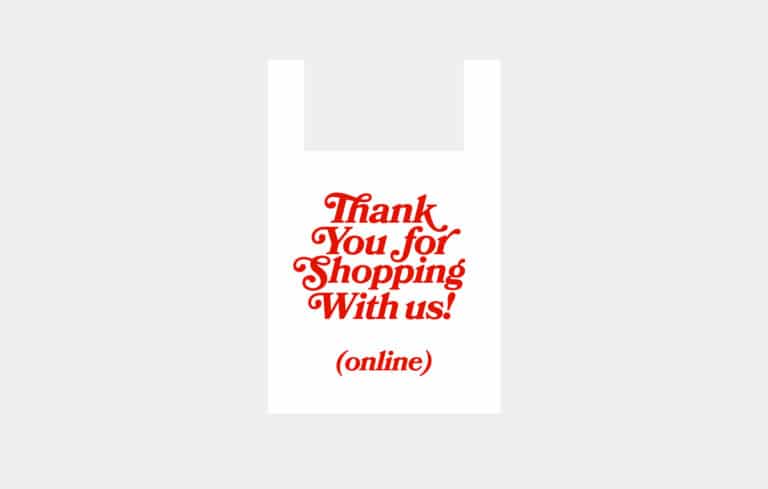Google is going after Amazon with new online shopping expansion

During its conference for software developers, Google I/O, which kicked off on Tuesday 18 May, Google announced that it is deepening its partnership with Shopify by letting the company’s 1.7 million merchants make their products more discoverable in Google Search (and elsewhere). The move is an attempt to compete against a small internet firm called Amazon. Ever heard of it?
Although the company didn’t offer many details about the integration just yet, it said it will allow Shopify businesses to appear across Google Search, Maps, Lens, Images and YouTube “with just a few clicks.” As Amazon continues to increasingly compete with Google on search ads for commercial queries, which typically means a consumer is actively considering a purchase, it is expected to earn 19 per cent of all search ad revenue in 2021, compared with about 57 per cent for Google, according to eMarketer. In other words, Amazon is threatening Google’s core ads business, so Google is fighting back.
“Shares of Shopify popped as much as 4% on the news, closing up more than 3% on the day,” reported CNBC on Tuesday. But what does Google’s move mean exactly? In a blog post, the tech giant explained that this expansion will make Shopify merchants’ products more discoverable across its various properties. “We believe you deserve the most choice available and we’ll continue to innovate on shopping every step of the way,” said Bill Ready, president of commerce and payments at Google, during a presentation at I/O.
But Google is not stopping there—of course not, it’s going after Amazon remember? Separately, the company announced other enhancements to its e-commerce functionality. For example, Google’s Chrome browser will persistently display shopping carts when people open new tabs, so they can return to shopping after doing other tasks. Sounds pretty basic, but think of how many times you’ve left a cart halfway through and decided to get back to it only to find it empty? Correct me if I’m wrong, but nine times out of ten, I won’t bother doing it all over again.
As the COVID-19 pandemic hit, online retailers—mostly Amazon though—reaped huge profits after most of us turned to retail therapy in order to cope with the lockdown blues. Around the same time, Google said it was waiving commission fees for merchants that participated in its “Buy” programme, which allows consumers to search for and check out retailers’ products directly on its platform without being directed to retailers’ sites.
Just a friendly Cyber Monday reminder folks - Don't Drink and Prime! #cyberMonday pic.twitter.com/1BtX1SiB3D
— J.Schmid (@jschmid_assoc) November 26, 2018
The company also said it would be opening its platform to third-party providers, including PayPal and Shopify, to allow retailers more buying options outside of its own platform. “As we eliminate barriers like fees and improve our technology, we’ve seen a 70% increase in the size of our product catalog and an 80% increase in merchants on our platform,” read its blog post.
Google’s so-called ‘Shopping Graph’ will now begin to pull together information from across websites, price reviews, videos and product data pulled directly from brands and retailers to help better inform online shoppers about where to find items, how well they were received, which merchant has the best price, and more.
But before any of this can really work, the company needs consumers to find shopping for products via Google actually useful. That’s where Shopify comes in. Although this integration doesn’t mean that every Shopify storefront will be included on Google (the merchants have to take an action to make that happen), it would be foolish for them not to leverage the new option. Shopify isn’t playing favourites when it comes to distribution, however. It’s integrated with other large platforms, too, including Facebook and TikTok, and it’s been working with Walmart to expand the retailer’s online marketplace as well.
So, what do you say? Shall we boycott Bezos’ baby and settle for the lesser of two evils instead?





